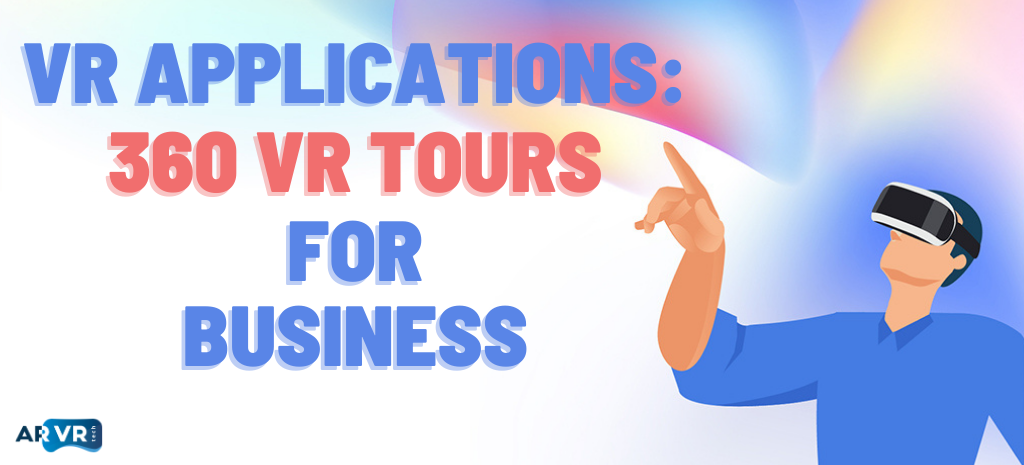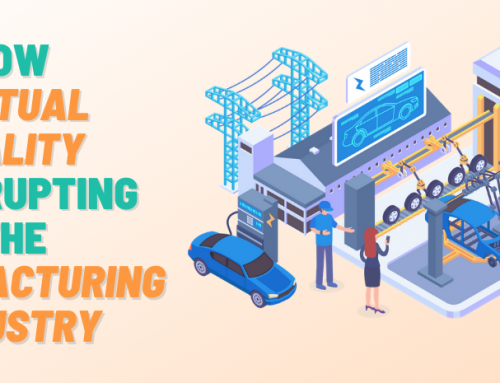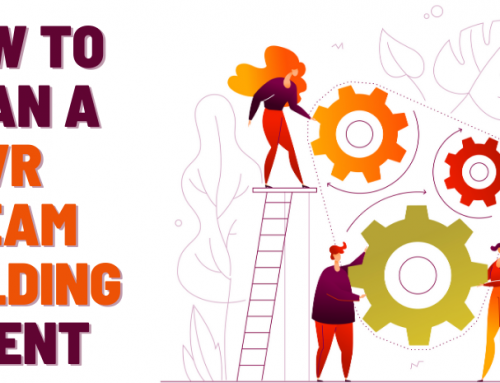
More and more businesses are turning to VR applications to enhance their storytelling, raise brand awareness, and improve customer satisfaction. The latest trend in the technology of virtual reality is 360 virtual tours for business – an excellent way to create immersive experiences for a wide range of consumers.
When the first 360 degree tours emerged, they immediately became a perfect fit for the tourism and real estate industries. A virtual reality real estate tour offers the chance of exploring a house or property without leaving the comfort of your home, while virtual tourism has been on a steep incline. The current global health crisis that mandates social distancing means that traditional travel avenues are shut off – there has never been a better moment to turn to 360 VR software than now.
Aside from tourism and real estate, other industries also see advantages in virtual 360 tours. These sectors include:
- Healthcare and medical
- Education and training
- Construction and engineering
- Retail
- Automotive
- Marketing and advertising
- Manufacturing, and more
If you are wondering whether your business could benefit from a 360 degree virtual tour: wonder no more. What follows is a list of business segments that can be completely transformed through the power of virtual tour software.
EMPLOYEE EDUCATION AND TRAINING
Organizing lectures and training sessions for old and new employees is a task that requires time, money, and effort. The employer needs to set up the training space and equipment, find the lecturers, and possibly even to pause regular work activity to demonstrate critical job processes.
All of this can be easily avoided by creating an interactive virtual tour instead. 360 virtual tour training can be used in two different ways.
1. SKILL TRAINING
An employer can create a virtual tour that guides their workers through new processes they need to learn for the job. The employees will find themselves in different 360 scenes – images or video – abundant with information on how to perform various tasks, how to handle different equipment, and what they should pay attention to.
Immersive VR experiences help improve both hard skills (technical skills specific for the job) and soft skills (people skills and personality traits useful for most job positions).
2. HEALTH AND SAFETY TRAINING
Aside from skill training, VR 360 tours can be used for health and safety training. The principle is the same: create a series of 360 scenes that will teach the employees the importance of personal protective equipment (PPE) and safety protocols. These scenes can include the assembly line, the factory floor, packaging lines, or any other environments that require special health and safety education.
While wearing a VR headset, workers will feel as though they are actually in those environments. They will have an easier time understanding the risks of the job and how they can be prevented without getting in the way of other workers or putting themselves in any danger.
An excellent example of VR safety training is our project VR Factory, where we enabled a cement factory to educate its employees about working at heights without actually leaving the comfort of an office.
360 virtual tour software can include questionnaires related to the material the employees have just gone over to test their newfound knowledge.
MARKETING AND SALES
360 house tours are already becoming indispensable in the real estate industry. A 360 virtual reality tour has the unique advantage of placing the user directly inside the property or home they are interested in purchasing. This instant immersion makes the sales process a breeze even if you can’t visit the actual property.
However, 360 viewing is useful for car sales (a 360 degree tour of a car dealership, for example), fashion and retail, as well as a wide range of promotions.
A virtual 360 tour can be created for exploring the comforts of a luxury airline, for virtually stepping inside hotels and restaurants, promoting the importance of national parks and green living, increasing brand awareness for pretty much any type of business, and more.
One of the more recent examples of a marketing 360 VR tour is for Cathaway Pacific. Through a series of 360 scenes, you can find out exactly what it’s like to be a first-class passenger on this innovative airline.
360 VR TOURS FOR TEAM BONDING
Team building is typically not a favorite among employees. It gets a bad reputation because it mostly resembles forced group activities in middle school, when you had no choice but to communicate with children you didn’t like.
However, team-building exercises are essential for a thriving business. They build trust between team members, help resolve conflict, and improve communication and collaboration. A team that communicates well is a team that knocks projects out of the park.
Imaginative 360 VR tours can help in strengthening team bonds by setting up unforgettable team-building experiences.
If your 360 VR tour software comes with the appropriate features, such as a scoring system and a leaderboard, you can build entertaining tours that will show your team with a great time. Upload 360 scenes that require team members to answer quiz questions or even interact with objects to find clues and solve puzzles. All you need for an adventurous virtual tour is a pair of VR headsets and a team that excels in fun yet competitive environments.
WHAT SHOULD 360 VIRTUAL TOURS FOR BUSINESS INCLUDE?
Now that you’ve caught a glimpse of how you can make the best use of a virtual reality tour for your business, a question remains: what should your virtual reality application include? What kind of software features should you look for?
Here are a few key aspects a 360 virtual tour platform for business should have:
- A way for any employee to easily create tours – a simple and straightforward 360 tour creator
- 360 degree video and image support
- Interactive hotspots in the 360 scene – Points of Interest that can display text, images, audio, or video
- A questionnaire and question analytics – so that managers gain insight into how each individual answered their questions (essential in training)
- A scoring system and scoreboard (for fun team-building time)
- A map to easily move through different 360 scenes, and more
Many virtual reality companies attempted to develop products with all of these features combined. To our humble knowledge, ARVRtech is the only one that succeeded in this endeavor. Reach out to us for more information on how you can integrate a virtual tour app into your enterprise. Let’s see what we can create together!


